
AeroGenie — 您的智能副驾驶。
热门趋势
Categories
Key Aerospace and Aviation Hubs Around the World
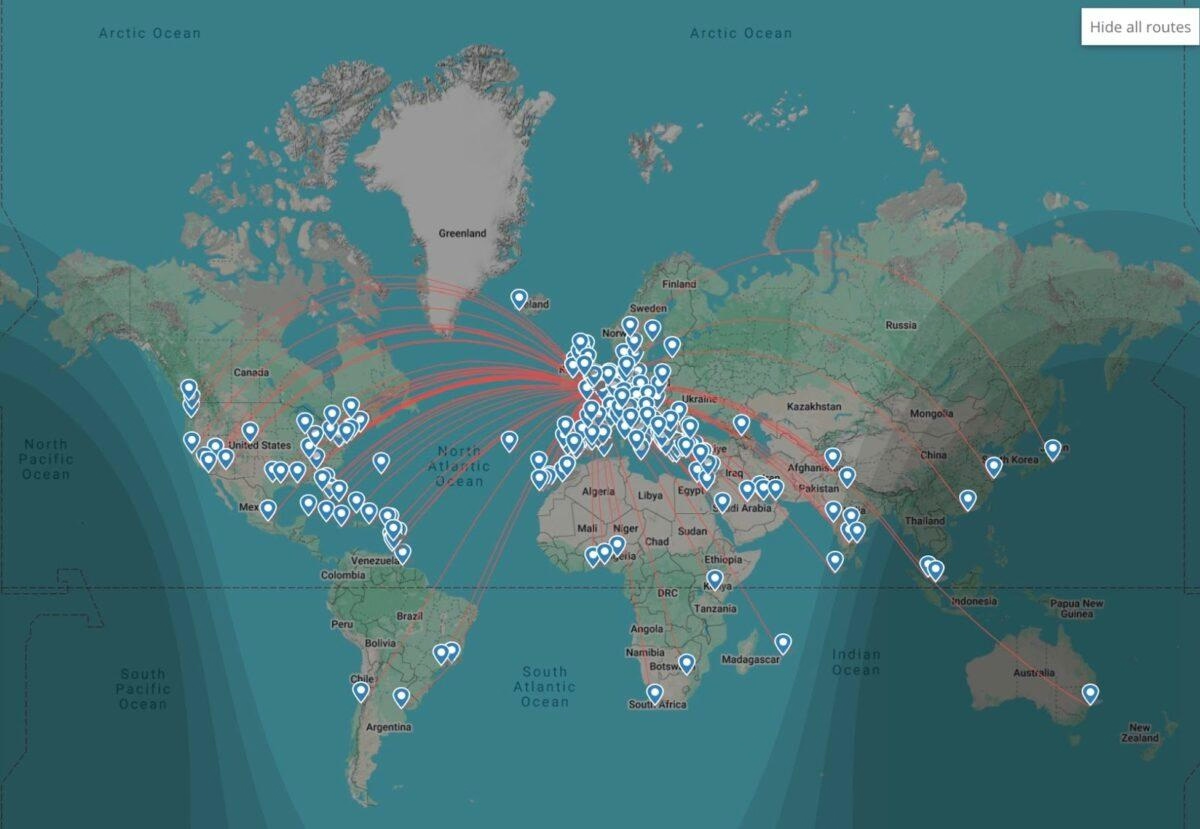
Key Aerospace and Aviation Hubs Around the World
The aerospace and aviation industries are poised for a transformative period in 2025, characterized by vigorous growth, rapid technological advancements, and significant structural challenges. The commercial aviation sector is experiencing a strong recovery from the pandemic-induced downturn, with global demand for new aircraft reaching unprecedented levels. Current aircraft backlogs have surged to approximately 17,000 jets, far exceeding existing production capacities. Boeing, for instance, is increasing its output to 38 jets per month, with deliveries projected to rise from 348 planes in 2024 to around 575 in 2025, and further to 715 in 2026.
Innovation and Emerging Technologies
Innovation continues to be a central driver within the industry. Sustainable aviation is advancing rapidly, supported by substantial investments in sustainable aviation fuels, electric propulsion, and hydrogen-based technologies. Aerospace companies are increasingly adopting lightweight composite materials and additive manufacturing techniques to reduce emissions and lower production costs. The sector is also undergoing a digital transformation, with artificial intelligence enabling predictive maintenance, autonomous flight systems, and the use of digital twins to optimize operations.
Advanced air mobility is transitioning from concept to commercial reality. Several U.S.-based companies, including Joby Aviation and Archer, are preparing to launch electric vertical takeoff and landing (eVTOL) vehicles. The Federal Aviation Administration is anticipated to approve limited eVTOL operations within the year, potentially revolutionizing urban transportation networks.
Challenges and Strategic Responses
Despite these promising developments, the aerospace and aviation sector faces persistent challenges. Supply-chain bottlenecks remain a significant constraint on growth, as emphasized by industry leaders at the 2025 JetNet Summit. Executives from Dassault Falcon Jet and Embraer Executive Jets highlighted the difficulties in strategic planning, noting that infrastructure investment timelines often lag behind the rapid pace of aircraft development. In response, many companies are shifting their focus toward creating comprehensive industry ecosystems that support sustainable, long-term growth rather than concentrating solely on aircraft deliveries. Concurrently, the aviation consulting services market is expanding as firms seek expert guidance to navigate the complexities of growth and sustainability.
Alabama: A Powerhouse in Aerospace and Defense
Alabama has emerged as a national leader in aerospace and defense, driven by sustained investment, innovation, and a business environment conducive to both established industry leaders and emerging enterprises. Over the past five years, the state’s aerospace and defense sector has attracted more than $1.5 billion in new investments. Major corporations such as Airbus, Boeing, United Launch Alliance, Raytheon, Lockheed Martin, and Northrop Grumman have expanded their operations in Alabama, focusing on the development of advanced aircraft, rocket systems, and missile defense technologies for global markets.
Bob Smith, an aerospace industry specialist at the Alabama Department of Commerce, remarked, “Alabama’s aerospace, aviation, and defense sector is firing on all cylinders—from building next-generation rockets and aircraft to pioneering innovations in space exploration, cybersecurity, and missile defense. Across the state, we’re home to a diverse ecosystem of global leaders, skilled talent, and cutting-edge research that’s pushing boundaries and shaping the future of flight, security, and space.”
Key facilities such as Redstone Arsenal in Huntsville serve as national hubs for U.S. Army materiel command, missile defense, and space operations. Additionally, PDW, an emerging player in unmanned aircraft systems, recently inaugurated its 90,000-square-foot Drone Factory 01. This facility aims to create over 500 new jobs and streamline the entire drone production process, from design through deployment.
As aerospace and aviation hubs worldwide confront both opportunities and challenges, the emphasis is increasingly on cultivating resilient, innovative ecosystems capable of sustaining growth amid evolving market demands and ongoing supply-chain pressures.
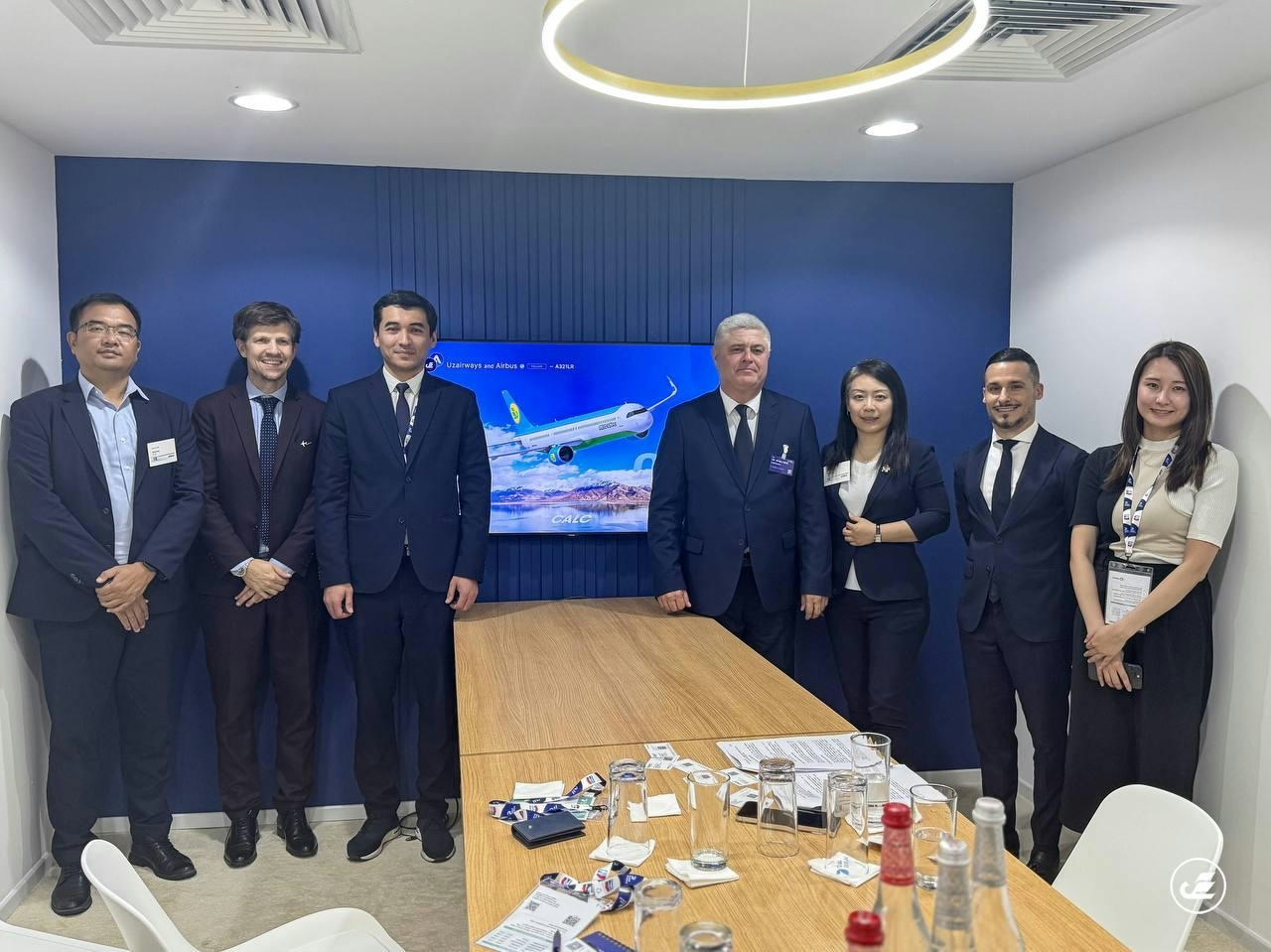
Uzbekistan Airways to Lease Six Additional A321neo Aircraft

What to Know Before Flying on the Airbus A350 XWB
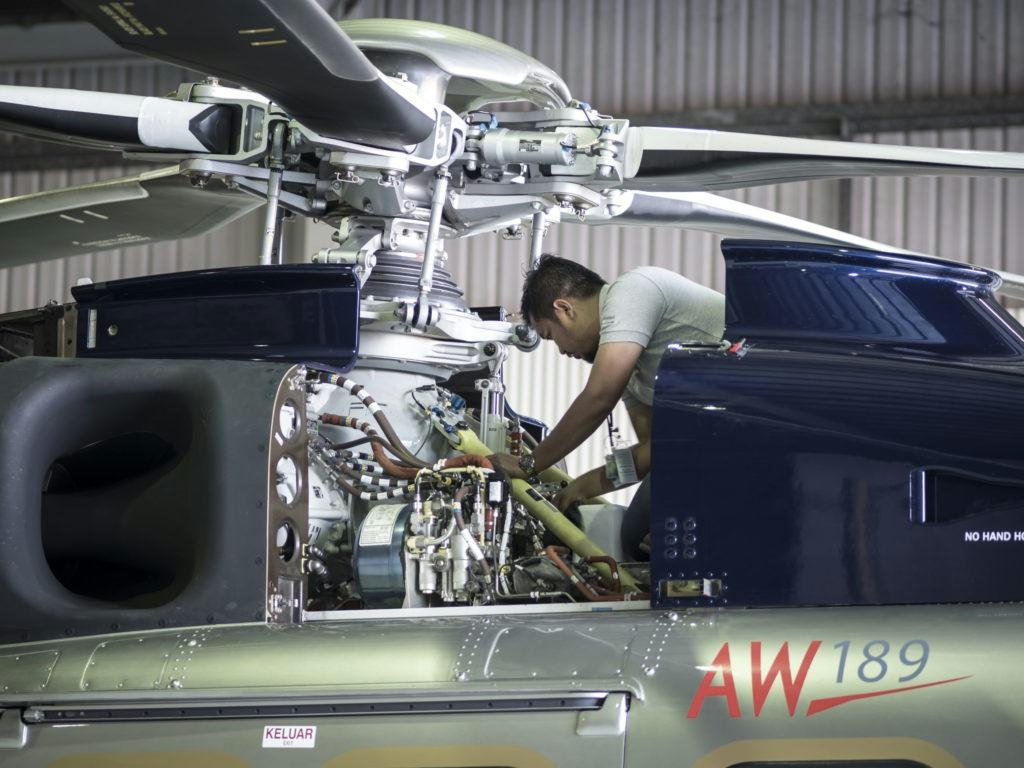
Elevate Aviation Group Expands Maintenance Services
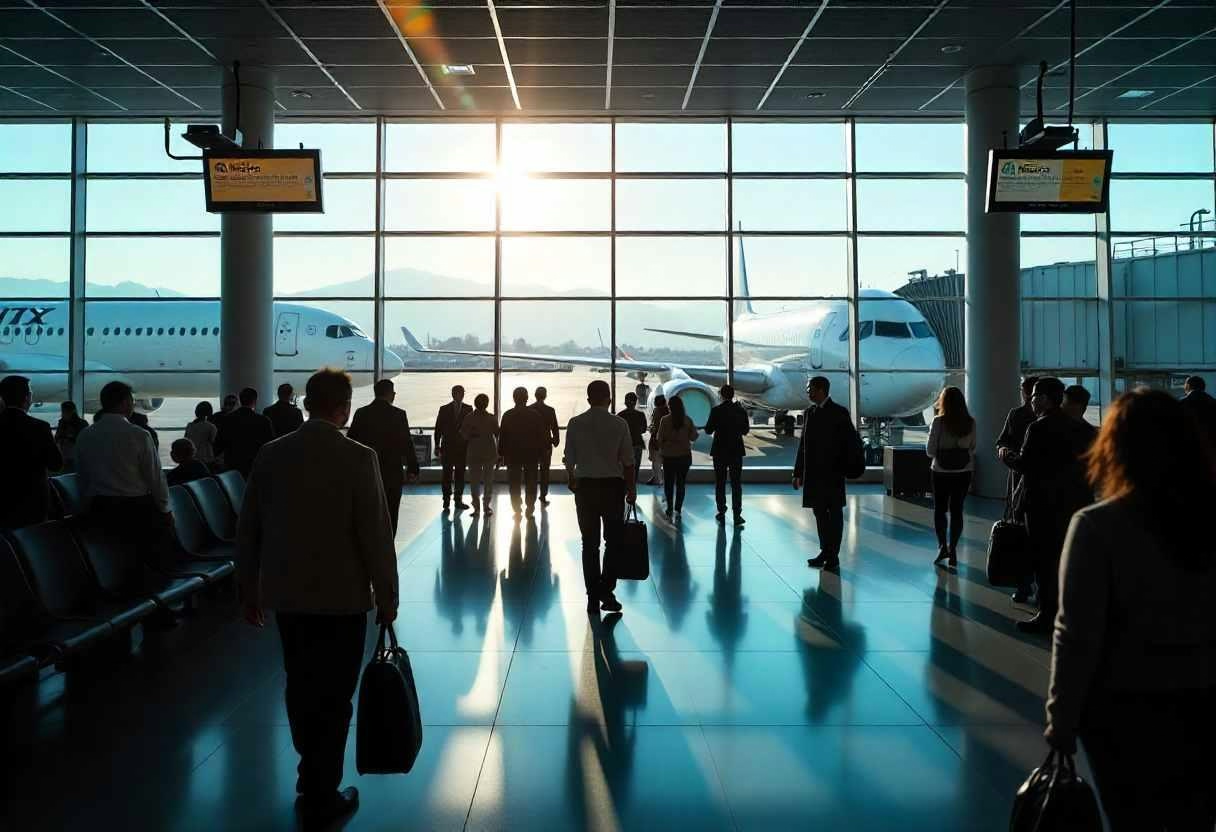
AICM Slot Allocations Move to US Airlines, Report Says
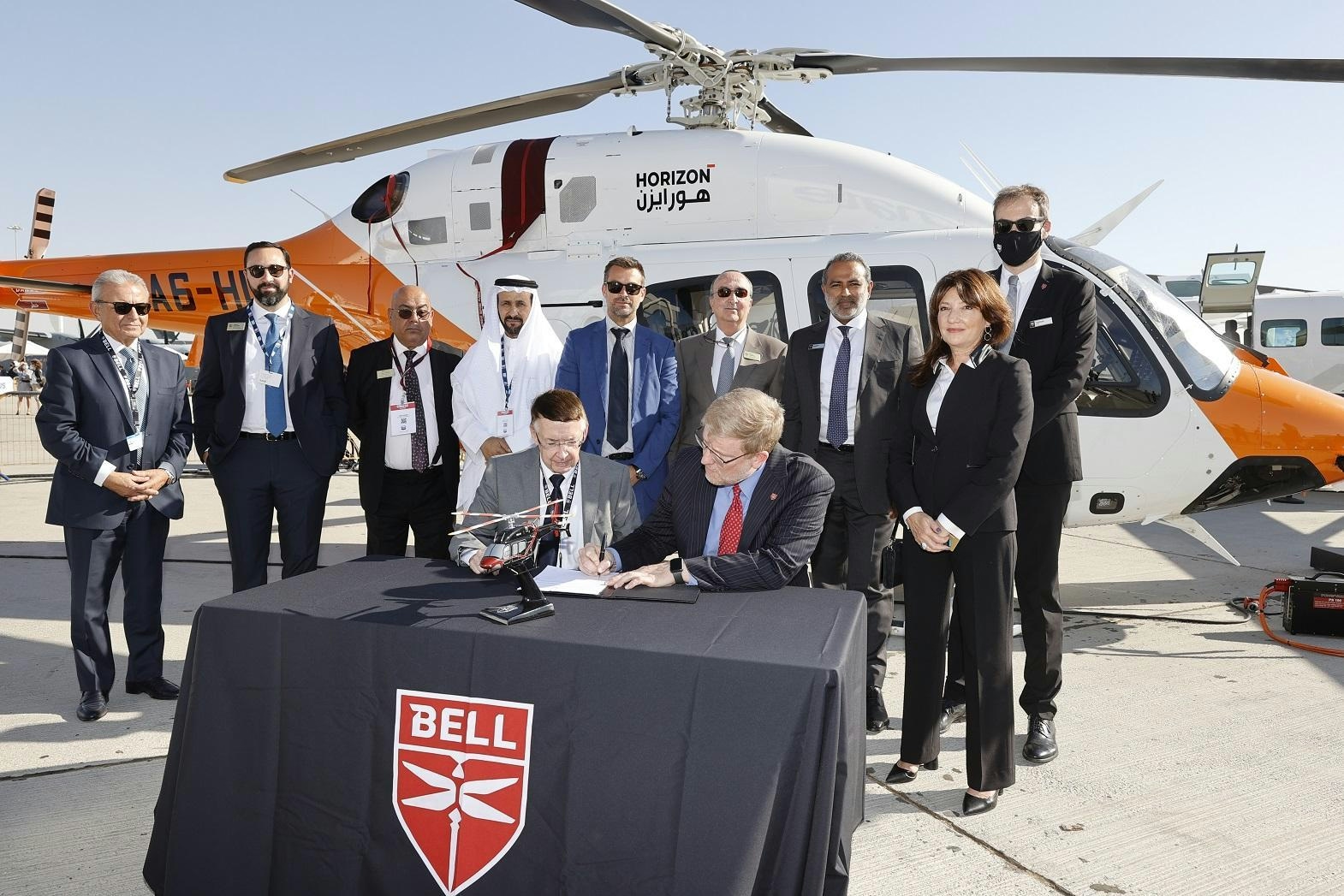
Abu Dhabi Aviation and Honeywell Enhance Helicopter Maintenance Services in UAE
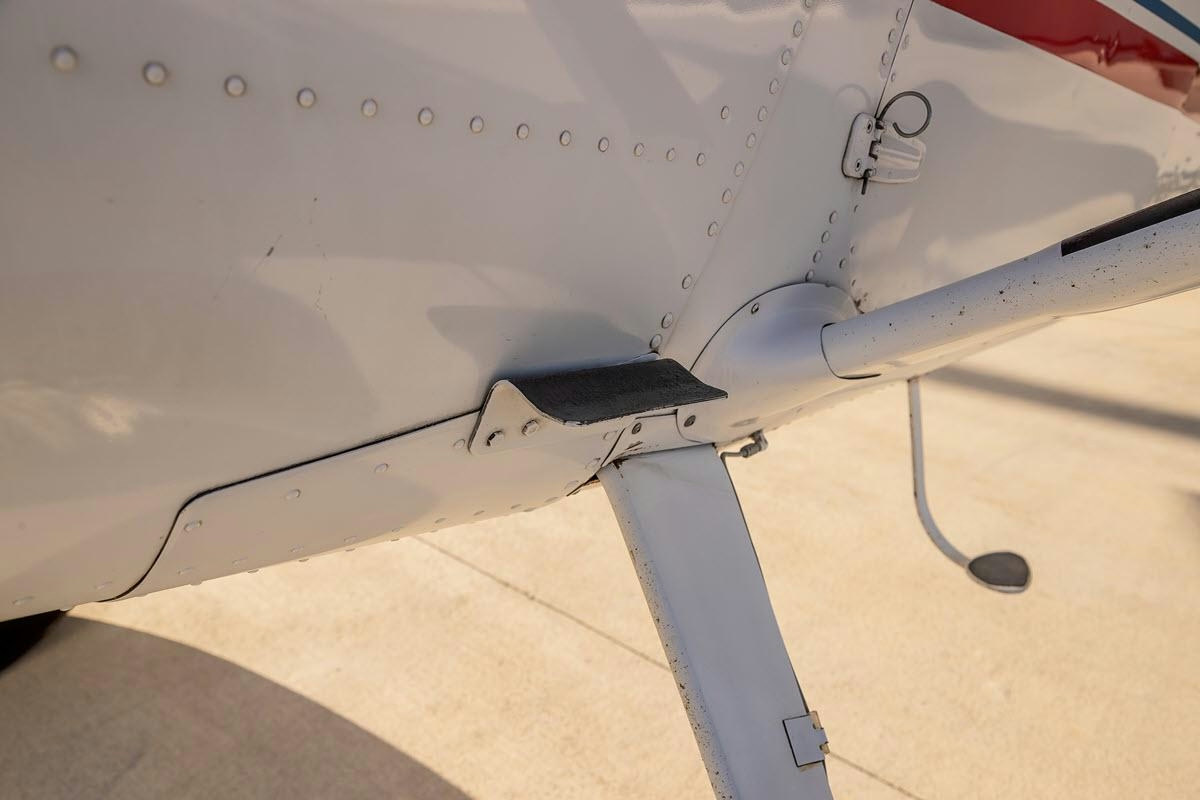
McFarlane Aviation Acquires P. Ponk STCs for Legacy Cessna Aircraft

NTSB Releases Preliminary Report on UPS Plane Crash Involving Engine Separation

NTSB Investigates Pylon Fatigue Cracks in UPS Flight 2976 Engine Separation
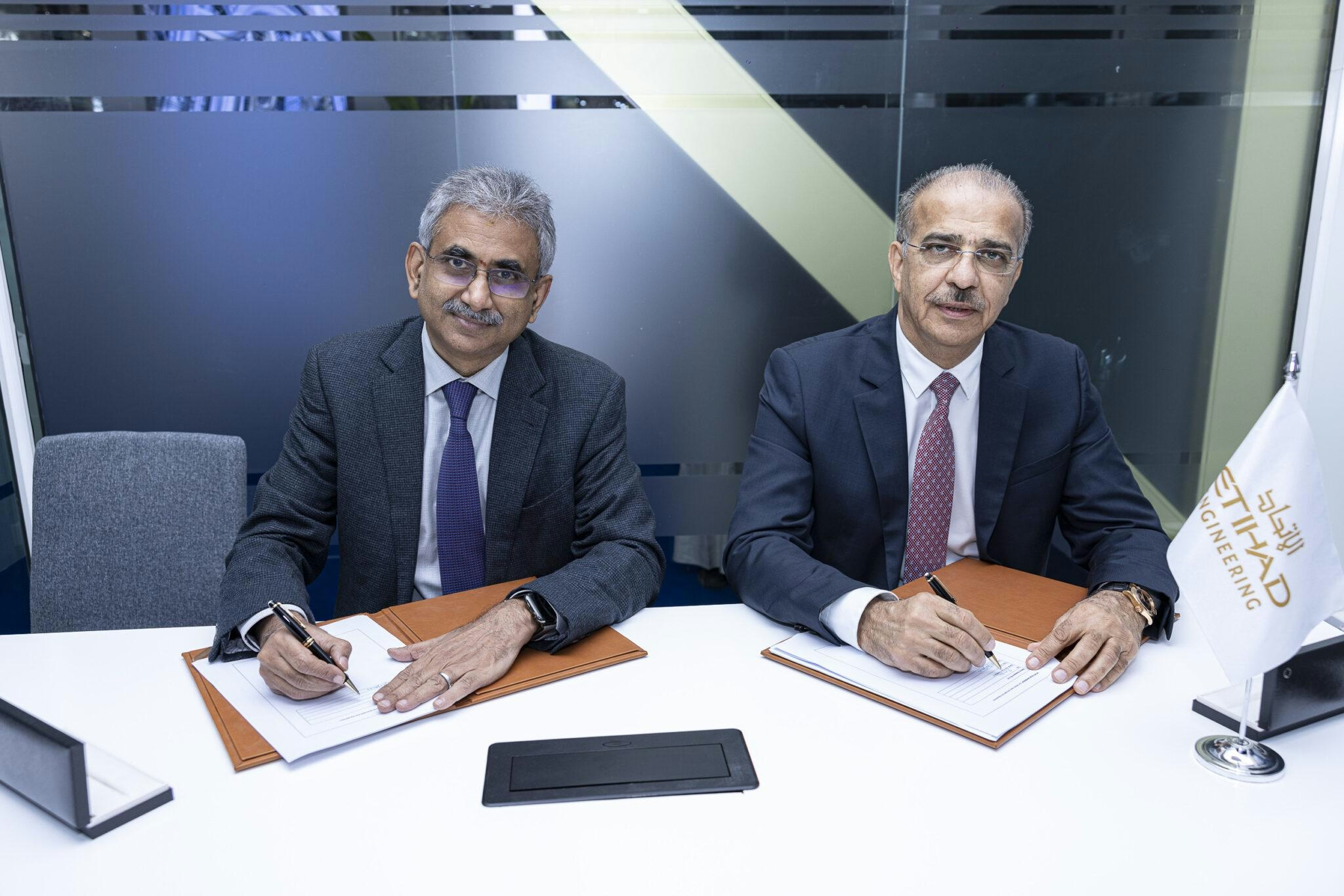
EDGE Strengthens UAE Aerospace Sector Through Partnership with Etihad Engineering
